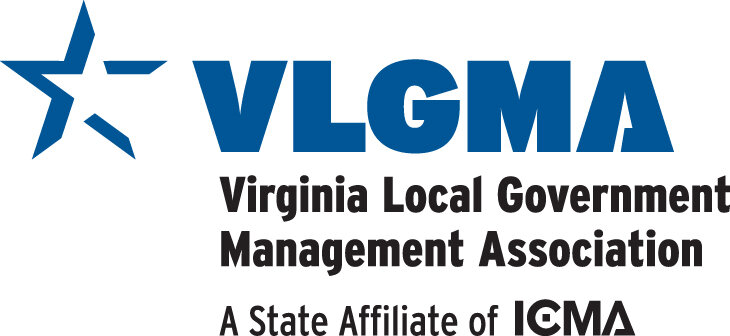The Opioid Epidemic - What Americans are saying about the crisis
By Noam Rabinovich, Research Insights Lead at Zencity
In November 2021, a grim milestone was reached, as more than 100,000 people died over a 12-month period from fatal drug overdoses for the first time in U.S. history. A major culprit was fentanyl, which has been laced into illegal drugs and whose involvement can be detected in most of these deaths. Local governments, health professionals, and police departments are increasingly viewing fentanyl as a top concern and are acutely aware of the need to raise awareness about the dangers of this narcotic and, hopefully, save lives. As a first step, Zencity clients turn to Zencity Organic to understand whether their residents are aware and concerned about the presence and impact of fentanyl in their community, how they discuss this narcotic, and what they are asking their representatives to do.
The prevalence of fentanyl in overdose cases and its heavy presence in narcotics sold in the US is not reflected in resident discourse at this time - with only about a quarter of opioids and overdose discourse referencing fentanyl. Although there is some awareness of the dangers of fentanyl and its involvement in overdose cases, it also suggests a lack of attention dedicated to its pervasiveness and adverse impact.
The relative lack of interest elicited by fentanyl can be partially attributed to the level of attention shown by city and county officials, including elected officials and the police. On average, only 21% of official communication on opioids and overdoses referenced fentanyl. By contrast, local news across the country dedicated an average of 33% of their opioids and overdoses coverage to fentanyl. News reports about fentanyl show a strong focus on arrests and drug seizures as part of the broader efforts to combat drug-related crime
As a result, residents discuss fentanyl in the context of crime and a police issue, mainly focusing on policies and laws that could remove it from the streets. The most common response by residents was gratitude and appreciation for law enforcement for their efforts to get fentanyl off the streets and keep the community safe. Support for harsher penalties for drug dealers, such as longer sentences and no bail, were also prevalent, as was Criticism of the national immigration policy that made it easier for drugs to pass through the border.
Residents are strongly invested in seeing law enforcement address the opioid epidemic, yet the focus on crime reduction means that most mentions of fentanyl are made in the context of arrests and drug seizures - merging the fentanyl discourse into the larger conversation about the opioid epidemic.
By contrast, information about harm reduction and mitigation, such as support for addicts or factual information about the specific dangers of fentanyl, are less prominent in the discourse - a gap that can be filled by official awareness-raising education and messaging.
There is a clear gap in official messaging on fentanyl that focuses on mitigation and reducing harm in the here and now. PSAs by local governments about the health risk posed by fentanyl and substance abuse are often received with many “likes” and “shares” - and are instrumental in educating the public about fentanyl - yet they are few and far between.
Updates about arrests bring the opioid epidemic, and the role fentanyl plays in it, to the forefront - raising awareness about the existence of the drug and its prevalence. However, the lack of focus on mitigation means lesser awareness of available resources and best practices on how to communicate about the dangers of fentanyl or avoid overdoses.
